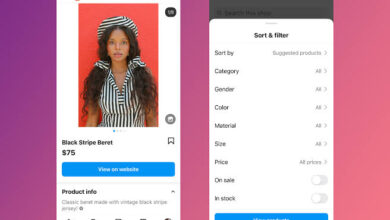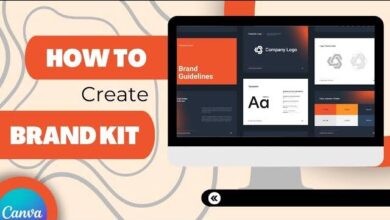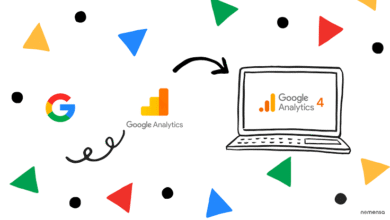How Brands Are Using Memes to Sell More
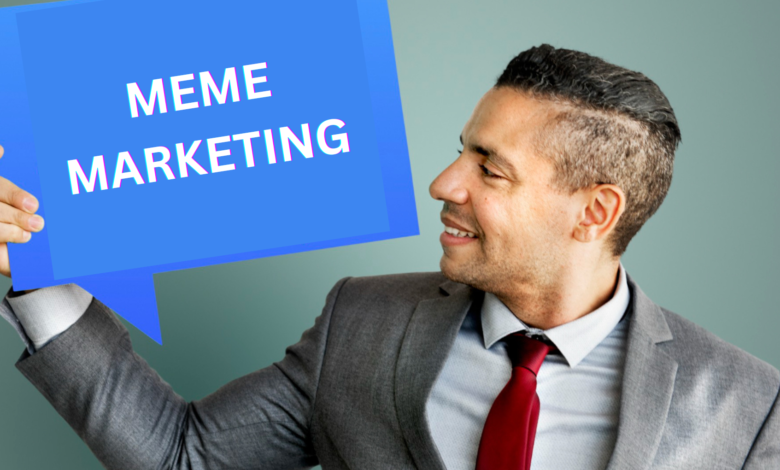
Memes, those funny or relatable images, videos, or short text jokes shared online, are everywhere, from Instagram stories to Twitter feeds and TikTok videos. They spread lightning-fast because they make people laugh, think, or feel understood in simple, bite-sized formats.
Because memes capture attention so effectively, smart brands have started using them to connect with customers in a fresh way, rather than just pushing traditional ads. This has helped them not only build a stronger connection but also increase their sales and brand recognition.
Memes are no longer just internet jokes. They are now a major part of digital communication, culture, and marketing. Let’s dig deeper into what memes really are and why they work so well in branding and advertising before exploring how brands are putting them to good use.
What Are Memes?
Memes can be described as cultural snippets, often humorous, that move rapidly across the internet. Usually, a meme is an image or short video combined with text, designed to be funny, clever, or relatable. For example, you might see a photo of a tired-looking dog with words about having a hard Monday morning, that’s a meme! These memes spread quickly because they tap into shared feelings or common experiences, making people laugh or nod in agreement.
Memes work because they’re simple and easy to understand at a glance. Instead of reading long posts or watching lengthy commercials, people encounter quick messages that give them an emotional reaction almost immediately. This instant connection is exactly why memes have exploded in popularity, especially on social platforms where attention spans are short.
When you think about it, memes reflect real life in a playful mirror. The best memes express feelings everyone has but don’t always talk about, like awkward social situations, work stress, or pop culture trends. This relatability makes memes more than just jokes, they’re a way people bond on the internet.
For businesses, this is gold. If a brand shares a meme that fits what customers are thinking or feeling, that brand instantly becomes more relatable, friendlier, and memorable.
Read Next: How to Use Customer Reviews to Boost Sales
What Makes Memes Effective for Marketing?
Before we dive into specific ways brands use memes to sell more, it’s important to understand why memes are so powerful for marketing in the first place.
- Relatability: People connect deeply with content that feels like it “gets them.” Memes highlight shared experiences or feelings in a funny or clever way, making people think, “That’s so true!” When a brand uses relatable memes, it shows that the brand understands its audience, building trust and loyalty.
- Simplicity and Speed: Memes deliver a message quickly. In a world where everyone is bombarded with thousands of ads a day, content that can be understood in seconds is more likely to be remembered and shared.
- Humor and Emotion: Humans love stories and emotions. Memes often use humor, surprise, or even nostalgia. When a brand makes you laugh or smile, you’re more likely to have positive feelings about it. This emotional connection can influence buying decisions subtly but effectively.
- Virality and Shareability: Memes are designed to be shared. When someone sends a meme to their friends or posts it on social media, it spreads organically, reaching new audiences without the brand spending extra money. This word-of-mouth marketing is priceless.
- Community and Conversation: Memes create a sense of belonging. Fans of a particular meme style or joke often engage with each other, forming communities. Brands can tap into this to foster engagement and build ongoing conversations with customers rather than one-way sales pitches.
- Cost-Effectiveness: Compared to expensive video ads or influencer endorsements, creating and sharing memes can be very cheap. Memes don’t require huge production budgets, making them accessible for small businesses and startups with limited marketing funds.
Together, these reasons explain why memes have become a staple in modern online marketing. Memes break through the clutter by offering something fun and emotionally engaging, not just another sales message.
How Brands Are Using Memes to Sell More
Once brands understood why memes catch attention, many quickly found clever ways to include them in their marketing strategies. It’s no longer just teenagers sharing jokes; brands across industries now use memes to help sell products and services in a fresh, relatable way.
Here’s a closer look at how brands use memes to boost their sales and visibility:
- Making Ads More Fun and Less Boring: Traditional advertisements often feel pushy or dull. Brands now create meme-style ads that entertain first and promote second. For example, a shoe company might take a popular meme format about people struggling to find the right fit, and turn it into a fun post that engages viewers and subtly promotes their new line. This approach grabs attention because people enjoy the content, not just the product.
- Creating Memes About Their Products or Services: Brands develop memes directly related to their products’ features or the everyday experiences of their customers. For example, coffee brands might share memes about how morning coffee saves the day, turning a simple product into an emotional lifeline their audience can relate to.
- Joining Trending Meme Topics: Trends and viral memes come and go rapidly. Brands that join in on these trends show they’re current and speak the language of today’s internet users. For instance, when a certain meme format becomes popular, brands create their own version, tying it back to their products or messages. This keeps the brand relevant and top of mind.
- Engaging with Followers Through Memes: Brands don’t just post memes, they invite customers to create and share their own. This user-generated content builds community and loyalty. For example, a tech company might hold a meme contest about funny tech fails, encouraging users to participate and share, increasing brand engagement organically.
- Showing Brand Personality: Memes humanize brands, making them look more approachable and friendly. The casual, humorous tone of memes lets brands step away from stiff corporate voices and connect with younger, online-savvy audiences. This “human brand” feel can be the difference between a stranger and a loyal fan.
- Cross-Platform Meme Campaigns: Smart brands tailor memes to the platform they post on. For instance, short TikTok meme videos engage younger crowds with quick humor, while more detailed meme images or GIFs work well on Instagram or Twitter. This multi-platform meme marketing ensures brands reach different customer groups effectively.
- Using Memes to Address Customer Pain Points: Some brands use memes to poke fun at common problems their customers face, showing empathy and making light of tough situations. This can increase trust and likability, nudging potential buyers closer to conversion.
- Memes to Promote Limited Offers or Products: By wrapping promotional offers or new launches in a meme, brands make announcements feel less pushy and more entertaining. Fans are more likely to pay attention and act when a sales message is embedded in humor.
This flexible way of using memes allows brands from fast food to fashion, tech to finance, to connect in meaningful and fresh ways leading to better brand recognition and, yes, more sales.
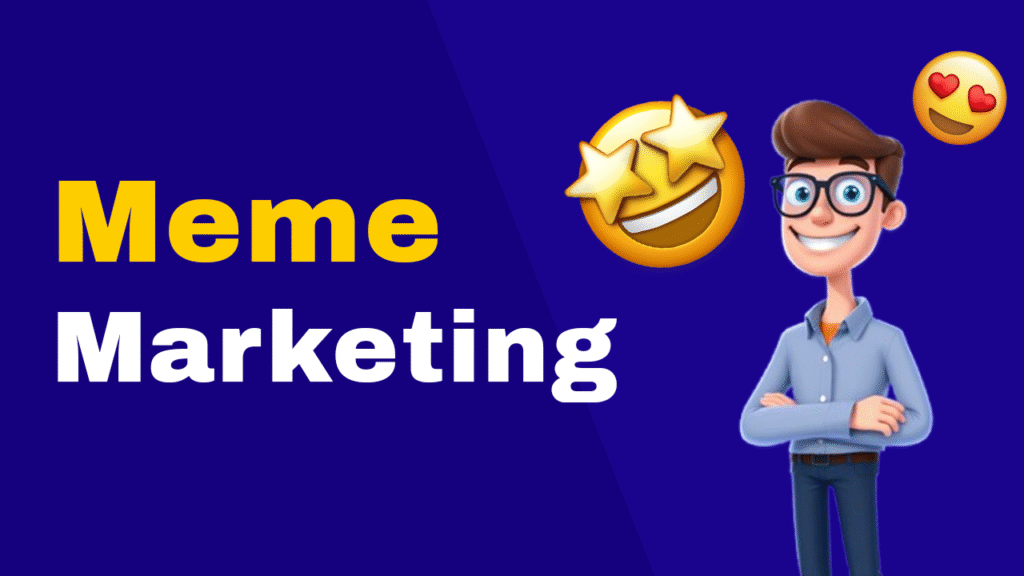
Read Next: How to Create a Brand Kit Using Canva AI
Examples of Brands Successfully Using Memes
Several brands have nailed meme marketing and seen impressive results. Let’s take a look at a few standout examples:
- Netflix: Netflix is a master of pop culture memes. They regularly post memes about popular shows and movies that fans follow. These memes not only entertain but also encourage binge-watching and sharing among friends. For example, memes about characters struggling with their problems connect deeply with audiences, reminding them to keep watching Netflix’s content library.
- Wendy’s: Wendy’s Twitter account is famous for its witty and edgy memes. By roasting competitors like McDonald’s and Taco Bell with clever humor, Wendy’s keeps its followers entertained and builds a strong community of fans who appreciate the brand’s playful personality. This clever approach has been linked to increased foot traffic and sales.
- Gucci: Known for luxury, Gucci surprised many by using memes to appeal to younger audiences. They use playful memes on Instagram related to fashion trends and internet culture, breaking down barriers between luxury brands and everyday social media users. This strategy made Gucci more approachable for new customers.
- Duolingo: The language-learning app’s green owl mascot became a meme sensation. Duolingo cleverly embraced internet jokes about the owl “reminding” users to practice, using humor to create a fun learning atmosphere. This engagement through memes helped improve downloads and user retention.
- Domino’s Pizza: Domino’s topped meme marketing waters by referencing popular viral trends and meme formats. For example, their take on the “Drake Hotline Bling” meme showing the preference for Domino’s over other foods boosted social media traction and positioned the brand as fun and trendy.
- McDonald’s: McDonald’s cleverly turned the mystery of the McFlurry spoon’s shape into a meme. They turned this curiosity into a campaign offering free treats to customers who solved the puzzle, creating buzz and attracting foot traffic.
These examples show how memes don’t just entertain, they can influence consumer behavior by making brands more relatable, memorable, and engaging. The viral nature of memes also means these successes spread quickly, giving these brands a big boost without huge ad budgets.
Tips for Brands to Use Memes Effectively
While memes offer great opportunities, they must be handled carefully to achieve the best impact without backfiring. Here are some important tips for brands looking to use memes smartly:
- Understand Your Audience’s Humor and Interests: Memes only work if your audience “gets” the joke and finds it funny or relatable. Research your target customers’ online behavior and the memes they already enjoy. Tailor content to their culture and language style.
- Keep Memes Relevant to Your Brand and Product: Memes should tie naturally to what your brand stands for or sells. Randomly posting unrelated memes may confuse or alienate followers. For example, a fitness brand sharing memes about workouts makes sense; sharing jokes about totally unrelated topics might not.
- Avoid Controversial or Offensive Memes: Humor is subjective, and what’s funny to some may offend others. Avoid memes touching on sensitive or political issues, or anything that risks harming your reputation. When in doubt, err on the side of caution and keep it lighthearted.
- Post Memes Regularly but Not Too Often: Consistency keeps your brand in people’s minds, but flooding your feed with memes risks annoying your audience. Find a comfortable posting rhythm, like a few times a week, and mix memes with other content types.
- Use Memes to Start Conversations: Encourage your followers to comment, share their own memes, or tag friends. Interactive memes build stronger engagement and community.
- Monitor Which Memes Work Best: Analyze engagement data, likes, shares, comments, to see which meme topics, formats, or styles resonate most. Use that insight to improve future meme content.
- Be Authentic: Forced or “try-hard” memes are usually easy to spot and can harm a brand’s image. Let your brand’s personality shine through, and only use memes that feel natural.
- Adapt to Platform Differences: Know that TikTok audiences expect short video memes, while Instagram users might prefer photo memes with text overlays. Tailor content style to the platform for maximum impact.
By following these tips, brands can turn memes into positive marketing moments, increasing reach and sales without alienating customers.
Read Next: 5 Ways to Earn from Instagram as a Small Creator
Conclusion
Memes are much more than just quick jokes scrolling through social feeds. They’ve become a smart, cost-effective, and emotionally powerful tool for brands wanting to break through noisy advertising spaces. By using memes, brands connect with customers in fun, relatable ways that create emotional bonds. This connection builds trust and loyalty, which can lead to better brand awareness, engagement, and ultimately more sales.
Brands that embrace memes show humanity, humor, and relevance, a combination today’s consumers crave. For businesses looking to stay fresh, memorable, and close to their audience, memes represent a powerful marketing opportunity. If used thoughtfully and authentically, memes can transform dry advertising into lively conversations that spark sharing and add real value.
Frequently Asked Questions (FAQs)
1. Why are memes more effective than traditional ads for some brands?
Memes use humor and relatability to grab people’s attention quickly and create emotional connections. Unlike traditional ads, which can feel salesy or boring, memes entertain and engage people, making them more likely to be shared and remembered.
2. Can big, serious brands use memes effectively, or is it just for casual brands?
Big and serious brands can use memes if they adapt the tone to fit their audience. The key is to keep memes relevant and appropriate while showing a friendly, human side. Even banks and tech firms have used memes carefully to engage younger customers.
3. How do brands avoid making meme marketing look forced or fake?
By understanding their audience’s humor, keeping memes relevant, and posting content that naturally fits their voice. Forced memes tend to miss the mark if they don’t feel authentic or are irrelevant to the brand.
4. What if a meme goes wrong or offends people? How should brands handle it?
If a meme causes backlash, brands should quickly apologize and remove the content. It’s important to learn from mistakes and avoid risky topics in the future. Transparency and accountability help maintain trust.

